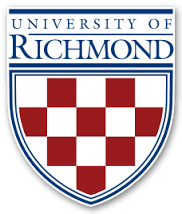 Authors: Christopher Anthony Cotropia and James Gibson
Authors: Christopher Anthony Cotropia and James Gibson
Abstract: The nearly twenty-year history of the Digital Millennium Copyright Act’s safe harbor provisions has been marked by criticism from content owners, online service providers, and end users. Content owners complain about the cost of monitoring online content and sending take-down notices. Online service providers complain about the cost of receiving and processing the notices. And end users complain about their legitimate use of copyrighted works being subject to DMCA take-down. Colleges and universities have been at the forefront of this controversy; as providers of online services to their students, they have been a focus of both Congress and copyright owners. To study the effect of the safe harbor provisions on such institutions, and particularly the nature, volume, and cost of the notice-and-takedown system, we surveyed colleges and universities about their copyright and DMCA practices. The results expose infirmities in the administration of the DMCA system, both within the world of higher education and within the U.S. Copyright Office, and suggest that colleges and universities need to (1) take better advantage of the safe harbors and (2) correct certain fundamental misunderstandings of important and essential aspects of the DMCA.
Citation: Cotropia, Christopher Anthony and Gibson, James, Commentary to the U.S. Copyright Office Regarding the Section 512 Study: Higher Education and the DMCA Safe Harbors (September 30, 2016).
Full text on SSRN: http://ssrn.com/abstract=2846107




